7

As I have noted in earlier posts, at the time Montana Territory was created in 1864, most of the land west of the Continental Divide was in Missoula County, first formed in 1860 as one of the counties of Washington Territory. Montana became a state as part of the Omnibus Statehood Act of 1889, and Missoula County remained undivided. That would change in the 1890s. In 1891, the Great Northern Railroad arrived in the Flathead Valley and established its division point north of Flathead Lake. In 1892, the city of Kalispell was incorporated around that railroad division point, and in 1893, Flathead County was created out of the northern extent of Missoula County. In years to come, Lincoln (number 56) and Lake (number 15) Counties would be formed out of Flathead.
 The Flathead County Court House
The Flathead County Court House
 Flathead Lake and the Mission Mountains
Flathead Lake and the Mission Mountains
 Lake MacDonald, Glacier National Park
Lake MacDonald, Glacier National Park
 Looking North into Glacier National Park
Looking North into Glacier National Park

As I have noted in earlier posts, at the time Montana Territory was created in 1864, most of the land west of the Continental Divide was in Missoula County, first formed in 1860 as one of the counties of Washington Territory. Montana became a state as part of the Omnibus Statehood Act of 1889, and Missoula County remained undivided. That would change in the 1890s. In 1891, the Great Northern Railroad arrived in the Flathead Valley and established its division point north of Flathead Lake. In 1892, the city of Kalispell was incorporated around that railroad division point, and in 1893, Flathead County was created out of the northern extent of Missoula County. In years to come, Lincoln (number 56) and Lake (number 15) Counties would be formed out of Flathead.

Flathead County was established in 1893 and the courthouse built in 1903. The county takes its name from Flathead Lake, the largest freshwater lake in the U.S. west of the Mississippi River, which in turn is named for the Salish people native to the area erroneously named the Flathead Indians by early explorers. The county seat is Kalispell.
 Flathead Lake and the Mission Mountains
Flathead Lake and the Mission MountainsToday, Flathead County is one of Montana’s fastest growing areas. It offers year round recreational opportunities situated as it is between Glacier National Park and Flathead Lake. One of Montana's main destination ski resorts is The Big Mountain, located just north of Whitefish, Flathead County's second largest city. Whitefish is served by Amtrak, as is Essex, at the southern end of Glacier National Park. The Izaac Walton Inn at Essex was originally the Great Northern Station and Hotel. Essex is the point where the railroad puts extra locomotive power on trains to get them over the Continental Divide at Marias Pass, just a few miles east. I always try to schedule my trips through the area so that I can have either lunch or dinner at the Inn. For the really adventurous, the Inn has railcars refurbished as overnight cabins, and they're working on redoing a locomotive to serve as a cabin.
 Lake MacDonald, Glacier National Park
Lake MacDonald, Glacier National ParkIn 2000, the US Census showed 74,471 people living in the community. The 2009 estimates indicate a 20.3% growth rate, with an estimated county population of 89,624, making it the fourth most populous county in Montana. Flathead County is unusual in Montana in that there are five communities in the county with a population over 1500. Each city has its own feel and atmosphere. Most have resort-based economies. Some of the best theatre I've ever enjoyed was at the Bigfork Summer Playhouse, at the northeast corner of Flathead Lake.
While no interstate highway comes close to Flathead County, you can drive there on US 93 which stretches from Phoenix Arizona to the Canadian border and, as British Columbia 93 continues on toward Revelstoke, Radium Hot Springs and Kootenai National Park, then as Alberta 93 through Banff National Park and Jasper National Park. The main east-west highway is US 2, known in Montana as the Hi-Line, which runs from Everett, Washington to Houlton, Maine, with a section crossing southern Canada between Michigan and New York. As noted above, Amtrak has two stops in Flathead County, the only Montana county with two Amtrak stations, and air travelers can fly into Glacier International Airport (Airport Code FCA), located at a midpoint between Kalispell, Whitefish and Columbia Falls.
While no interstate highway comes close to Flathead County, you can drive there on US 93 which stretches from Phoenix Arizona to the Canadian border and, as British Columbia 93 continues on toward Revelstoke, Radium Hot Springs and Kootenai National Park, then as Alberta 93 through Banff National Park and Jasper National Park. The main east-west highway is US 2, known in Montana as the Hi-Line, which runs from Everett, Washington to Houlton, Maine, with a section crossing southern Canada between Michigan and New York. As noted above, Amtrak has two stops in Flathead County, the only Montana county with two Amtrak stations, and air travelers can fly into Glacier International Airport (Airport Code FCA), located at a midpoint between Kalispell, Whitefish and Columbia Falls.
 Looking North into Glacier National Park
Looking North into Glacier National ParkPhoto Information:
Flathead County Sign: Composed in Photoshop CS4.
Flathead County Court House: Taken 2/28/2010 in Kalispell, Montana. Nikon D80 DSLR, Nikkor 16-85 mm wide angle/tele/zoom lens set at 26 mm. ISO 125, f /16.0, 1/20 second. Finished in Photoshop CS4.
Home on Flathead Lake: Taken 2/28/2010 near Lakeside, Montana. Nikon D80 DSLR, Nikkor 16-85 mm wide angle/tele/zoom lens set at 85 mm. ISO 125, f /16.0, 1/125 second. Finished in Photoshop CS4.
Lake MacDonald: Taken 7/18/2009 in Glacier National Park. Nikon D80 DSLR, Sigma 18-50 mm tele/zoom lens set at 50 mm. ISO 125, f /8.0, 1/250 second. Finished in Photoshop CS4.
Glacier Park View: Taken 7/18/2009 near Marias Pass on U.S. Highway 2, Flathead County, Montana. Nikon D80 DSLR, Sigma 50 mm lens. ISO 200, f /4.8, three exposures blended to make an HDR image in Photoshop CS4.
Flathead County Sign: Composed in Photoshop CS4.
Flathead County Court House: Taken 2/28/2010 in Kalispell, Montana. Nikon D80 DSLR, Nikkor 16-85 mm wide angle/tele/zoom lens set at 26 mm. ISO 125, f /16.0, 1/20 second. Finished in Photoshop CS4.
Home on Flathead Lake: Taken 2/28/2010 near Lakeside, Montana. Nikon D80 DSLR, Nikkor 16-85 mm wide angle/tele/zoom lens set at 85 mm. ISO 125, f /16.0, 1/125 second. Finished in Photoshop CS4.
Lake MacDonald: Taken 7/18/2009 in Glacier National Park. Nikon D80 DSLR, Sigma 18-50 mm tele/zoom lens set at 50 mm. ISO 125, f /8.0, 1/250 second. Finished in Photoshop CS4.
Glacier Park View: Taken 7/18/2009 near Marias Pass on U.S. Highway 2, Flathead County, Montana. Nikon D80 DSLR, Sigma 50 mm lens. ISO 200, f /4.8, three exposures blended to make an HDR image in Photoshop CS4.

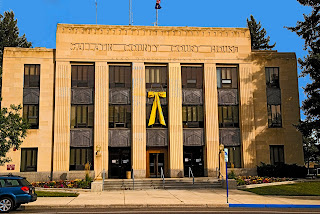






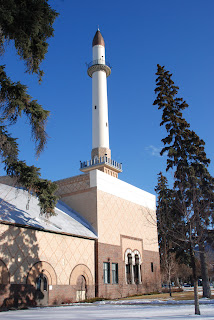



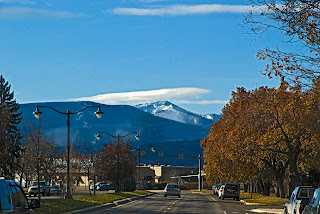

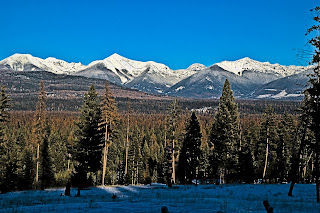

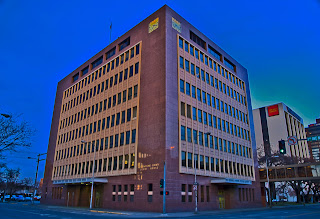
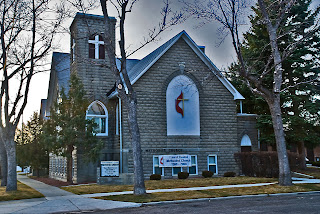

 Yucca with dried pods
Yucca with dried pods

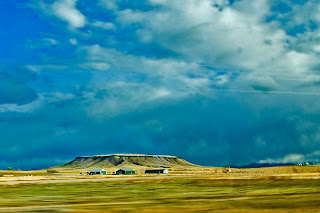

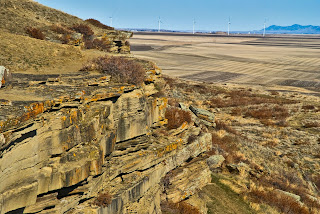 View to the East from the Ulm Pishkun (Buffalo Jump)
View to the East from the Ulm Pishkun (Buffalo Jump)
